Spittlebugs literally grow up in a protective bubble. You may see these bubbles that look like spit on plants while hiking or camping this time of year. Inside a young nymph will find protection from the weather and predators while feeding and growing. Spittlebugs are high jump champions in nature. Adult bugs, sometimes called froghoppers, can leap more than 100 times their length in height. This would be the equivalent of a human leaping over the Gateway Arch. The acceleration used for jumping is a force more than 400 times gravity. To give perspective, humans have passed out at more than 3-Gs of force which is like a space shuttle launch or perhaps the scariest roller coaster ride.
How They Make Spittle
When you see what looks like a foamy bubble bath on a plant, it’s not spit. Spittlebugs suck sap from plants that is mixed in with glandular secretions and air from their abdomen and literally blown out the rear end as foamy bubbles. Bug nymphs typically feed with their head down, and the force of gravity with help from strong legs for wrapping foam surround them in this protective bubble. There they can hide from predators, be sheltered from heat and cold, and stay moisturized as they grow. If you’re out camping or hiking with the kids, you’re likely this time of year to see a foamy mass within spitting distance. You can gently pull back some of the foam to reveal a closer look at the bug inside. Be careful not to destroy their bubble as you look. Spittlebugs are best seen in grassy areas but are found in many habitats.
For gardeners that may be overrun with spittlebugs, you can spay them away with a garden hose, remove them by hand, or use a soapy concoction.
G-Force Propulsion and High Jumping
Spittlebugs weigh more than fleas and scientist have discovered they can jump higher as well. Humans can barely jump more than our height, but spittlebugs can jump 100 times higher than their length. In Missouri, the common Meadow Spittlebug is less than a quarter of an inch but can jump more than two feet in the air. By comparison, that would be like you jumping over the Gateway Arch in St. Louis. If you’re lucky to see one leap, it will be gone before you see where it went or before a predator can snack on it.
Applying such a speedy getaway, requires strong hind leg muscles and a force of more than 400 times gravity. Humans have been known to pass out over 3-Gs of force. Think of the wildest roller coaster pressure. Fighter pilots and astronauts train and gear up for 3-Gs to a little more, but 400 is a superpower. Their motion is like a catapult or a crossbow.
Missouri Spittlebugs
These are also called froghoppers. Both belong to the same super family. There are 60 species of spittle bugs in North America north of Mexico. Common species in Missouri are listed below:
- Meadow Spittlebug
- Diamondback Spittlebug
- Dogwood Spittlebug
- Two-lined spittlebug
- Red-legged (or black) spittlebug
Discover more about spittlebugs in our Field Guide
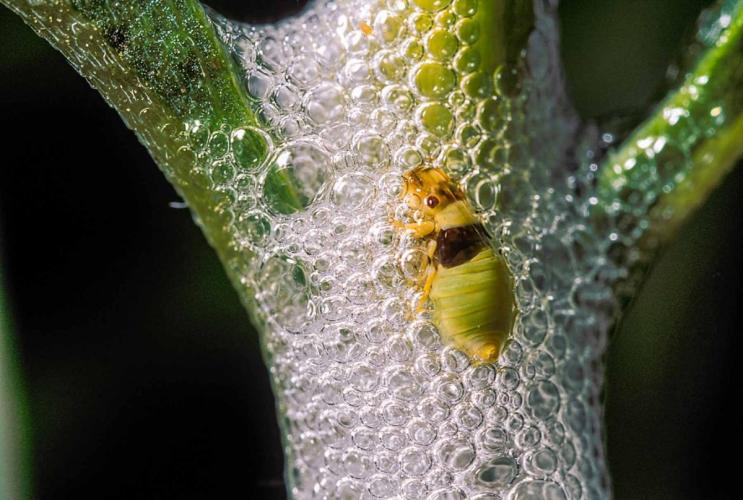
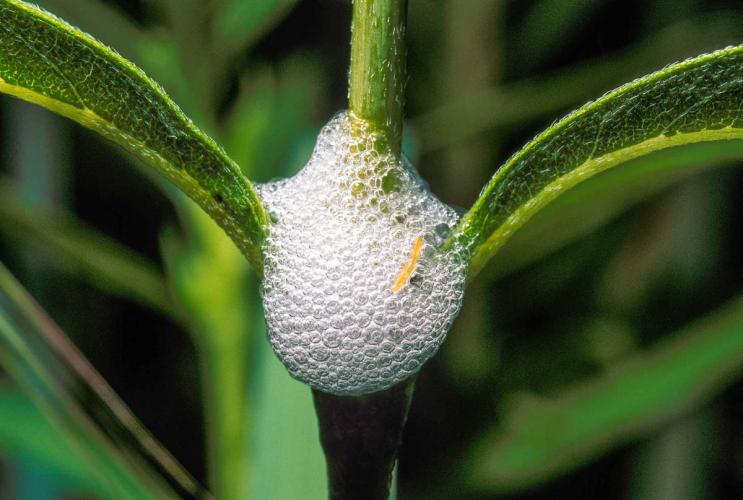
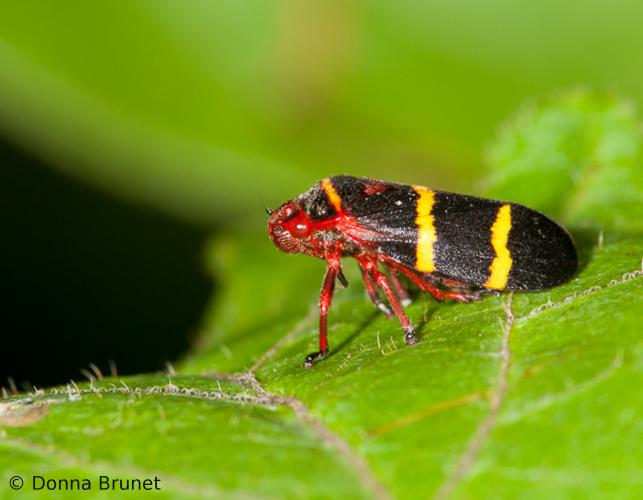
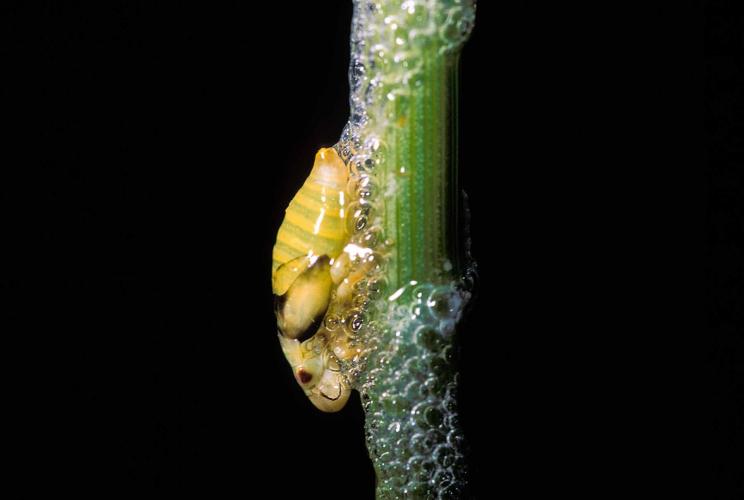
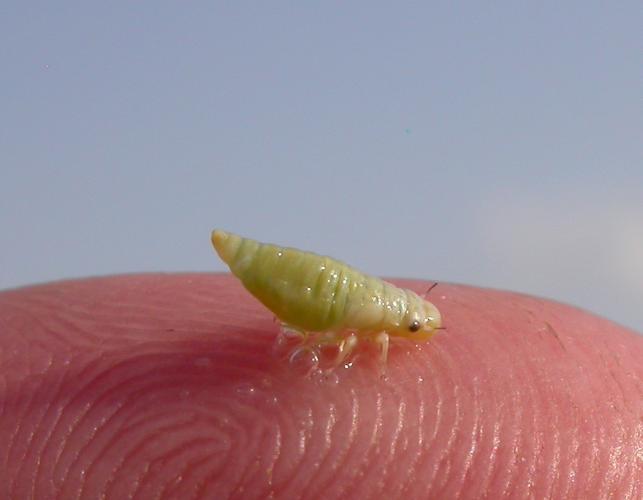
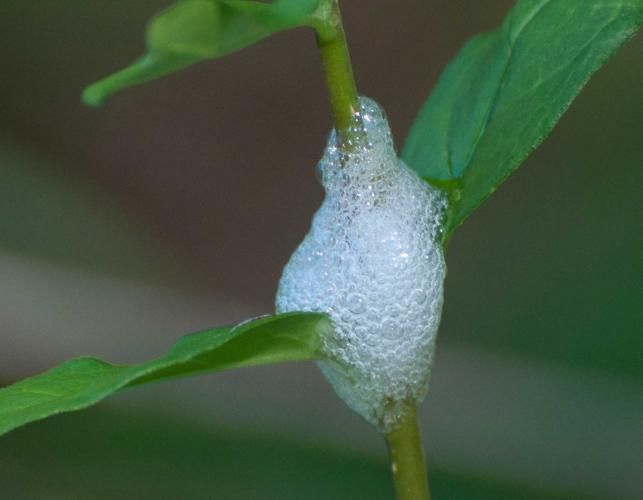


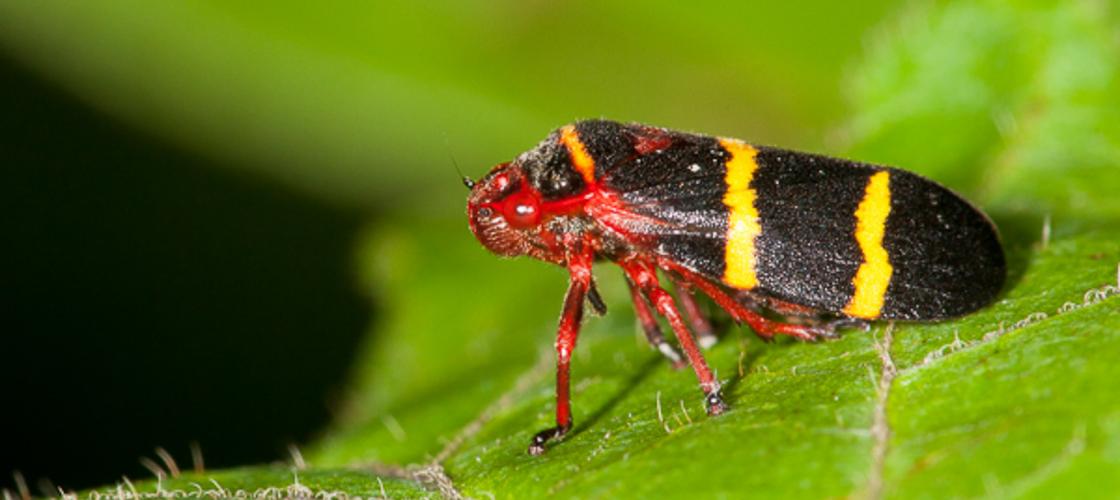
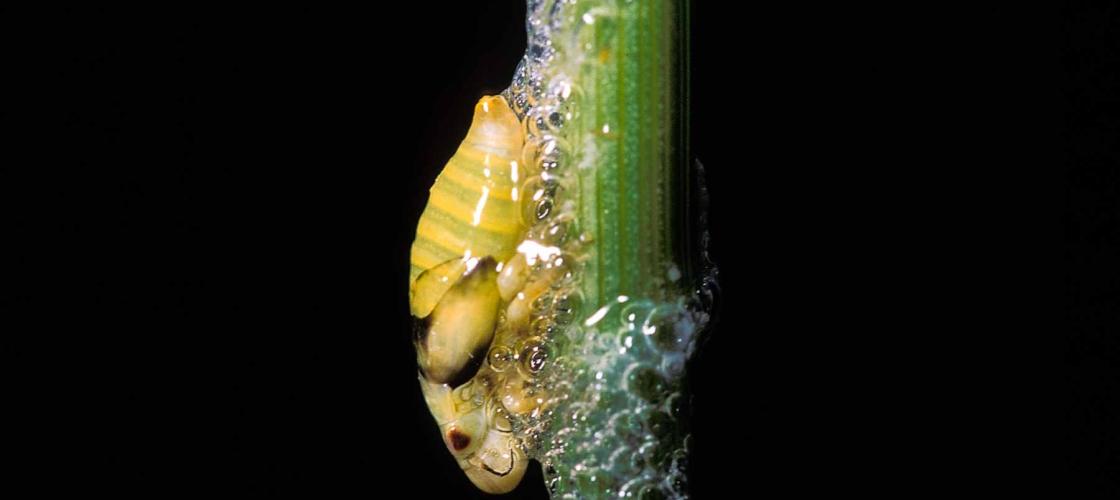
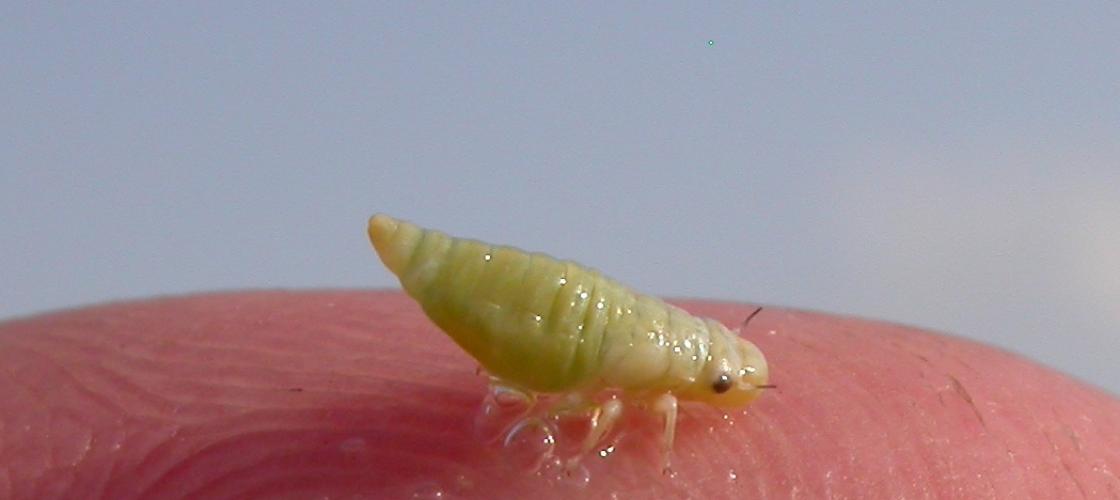
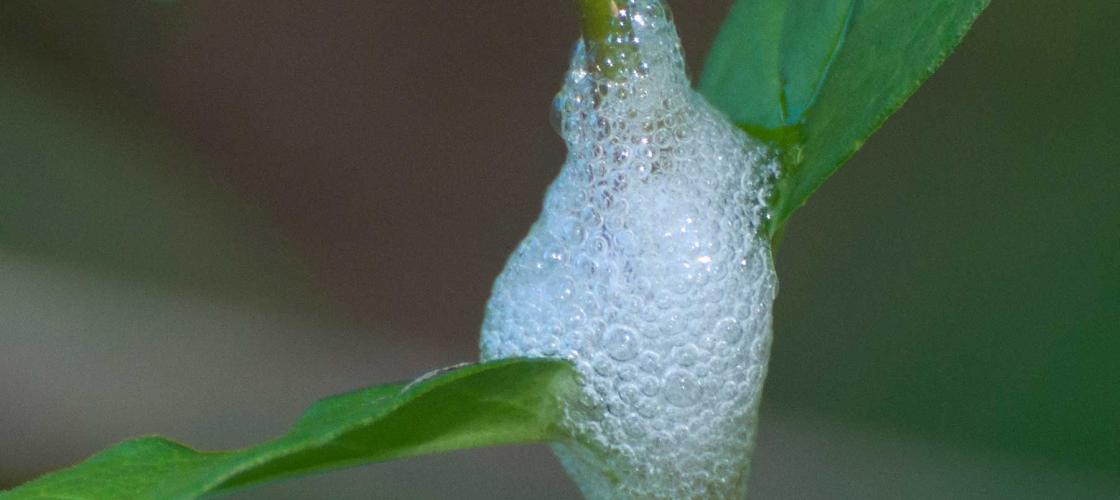
Recent Posts
























